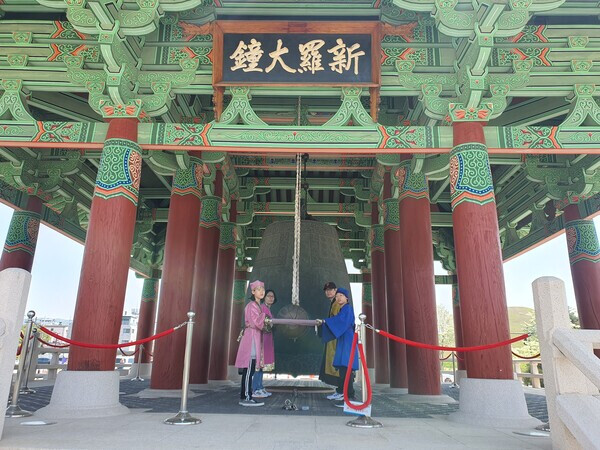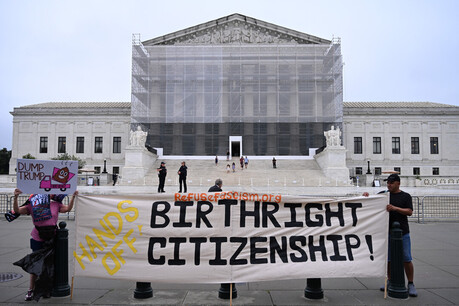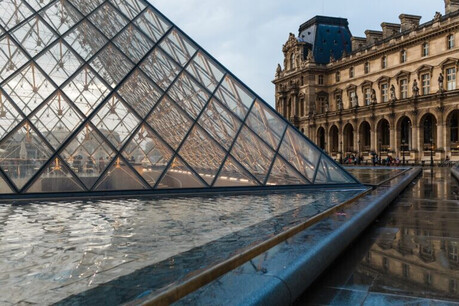
GYEONGJU — For over 1,200 years, the Divine Bell of King Seongdeok, Korea's National Treasure No. 29, was the heart of the Silla capital, its monumental chimes echoing across the city of Seorabeol. Its deep, resonant sound, often described as "a great mountain soaring and a dragon weeping," became a symbol of Silla's spiritual and artistic zenith. But after its final toll in 1992, the bell, now housed in the Gyeongju National Museum, fell silent, a cherished artifact of a bygone era.
Now, a new sound rings out. After extensive research and collaboration with master artisans and experts, Gyeongju has unveiled the Silla Great Bell, a magnificent replica that embodies the spirit and technical brilliance of its predecessor. The project, initiated in March 2014, was a testament to the city's desire to reconnect with its glorious past and allow a new generation to experience the bell’s profound sound.
The original Divine Bell was a monumental undertaking, commissioned by King Gyeongdeok to honor his father, King Seongdeok, and finally completed in 771 A.D. during the reign of King Hyegong. Its creation was an unparalleled feat of Silla's metallurgical and artistic prowess. The bell's intricate design, including a hollow sound pipe and striking point carved with lotus flowers and celestial maidens, set it apart as a masterpiece of Unified Silla art. Weighing 18.9 tons and standing 3.75 meters tall, its sheer size was as impressive as its sound.
The creation of the new Silla Great Bell was a painstaking process rooted in authenticity. Drawing on meticulous historical records and the latest modern technology, artisans sought to perfectly replicate the original’s dimensions, patterns, and, most importantly, its signature sound. With a height of 3.66 meters, an average thickness of 20.3 centimeters, and a weight of 20.17 tons, the new bell is a faithful recreation of the original's awe-inspiring scale. The craftsmanship is so precise that it mirrors the original's aesthetic, which a Silla-era inscription praised for its mountain-like form and dragon-like cry.
Recreating the bell's legendary resonance, however, proved to be the greatest challenge. The "dragon cry" sound, a unique and complex harmonic beat known as maeknori, is the result of subtle asymmetries in the bell's structure that are almost impossible to control during the casting process. After the initial casting, the bell's sound was weak and its beat was too long. Artisans and engineers worked together, using cutting-edge simulations and delicate local adjustments to the bell's interior thickness, to tune the instrument. The result is a sound that faithfully reproduces the original's magnificent, dynamic hum, a powerful and moving tribute to Silla's thousand-year-old artistry.
The Silla Great Bell now stands as more than just a replica; it is a bridge between past and present. By reviving the majestic sound of the Divine Bell, Gyeongju has not only honored its heritage but also given a new voice to its history. The bell’s chimes will once again fill the city, not as a whisper of memory but as a vibrant, living tribute to the ingenuity and spirit of the Silla people, reminding all who hear it of the profound cultural legacy that continues to define Gyeongju today.
[Copyright (c) Global Economic Times. All Rights Reserved.]





























